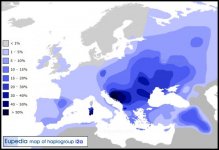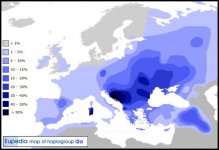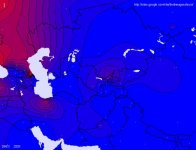There are many problems with your link, first, the Tatars listed are NOT from Central Asia, they're from Eastern Europe, and even if we are to take their origins based on haplogroup N1c for example, the presence of this haplogroup is strong in Siberia and East Asia, not Central Asia or ancient Iranian territories in South Central Asia, mind you we have not ruled out whether this is N1c1 or not, if so, then it's Baltic-Slavic-Finnic, but I won't speculate on that since it says N1c.
On the same token, where on earth do you see I2a2? All I see is I*, what makes you think the Tatars are carrying I2a2? Even if they are carrying it, how can you use this as evidence when this haplogroup is so rare in Central Asia? I'm sorry but you have a very weak argument here.
The name sounds Russian to me, and I'm not sure which study it was, but I don't remember I2a2 in there, I think they had like 40% C3, anyways, to give you an idea about Kazakhstan Y-DNA, follow this link:
http://dna-forums.org/index.php?/topic/12854-kz-dna/
There's only one I1 in the project, and he's Tatar actually, not Kazakh.
Show me the study where I2a2 was found, don't just tell me.
Check out the Armenian FTDNA project:
http://www.familytreedna.com/public/ArmeniaDNAProject/default.aspx?section=yresults
Out of 20 individuals with haplogroup I, the breakdown for the haplogroup is the following:
I2c* - 70% (14/20)
I2b1 - 20% (5/20)
I2a2 - 5% (1/20)
This is the only project which comes similar to Iranian populations like the Persians or Kurds, I can't imagine the Kurds being I2a2 mostly because they live on the eastern parts of Anatolia, I2a2 is usually more common in the western parts which is why it may be more common in Anatolian Turks.
Where did you come up with 25% I2a2 for Kurds? Please provide the source, I know two studies where I* is shown, but once again, we don't know whether this is I2a, I2b, or I2c, and I believe the origins of I2a2 is somewhere around Southeast Europe.




